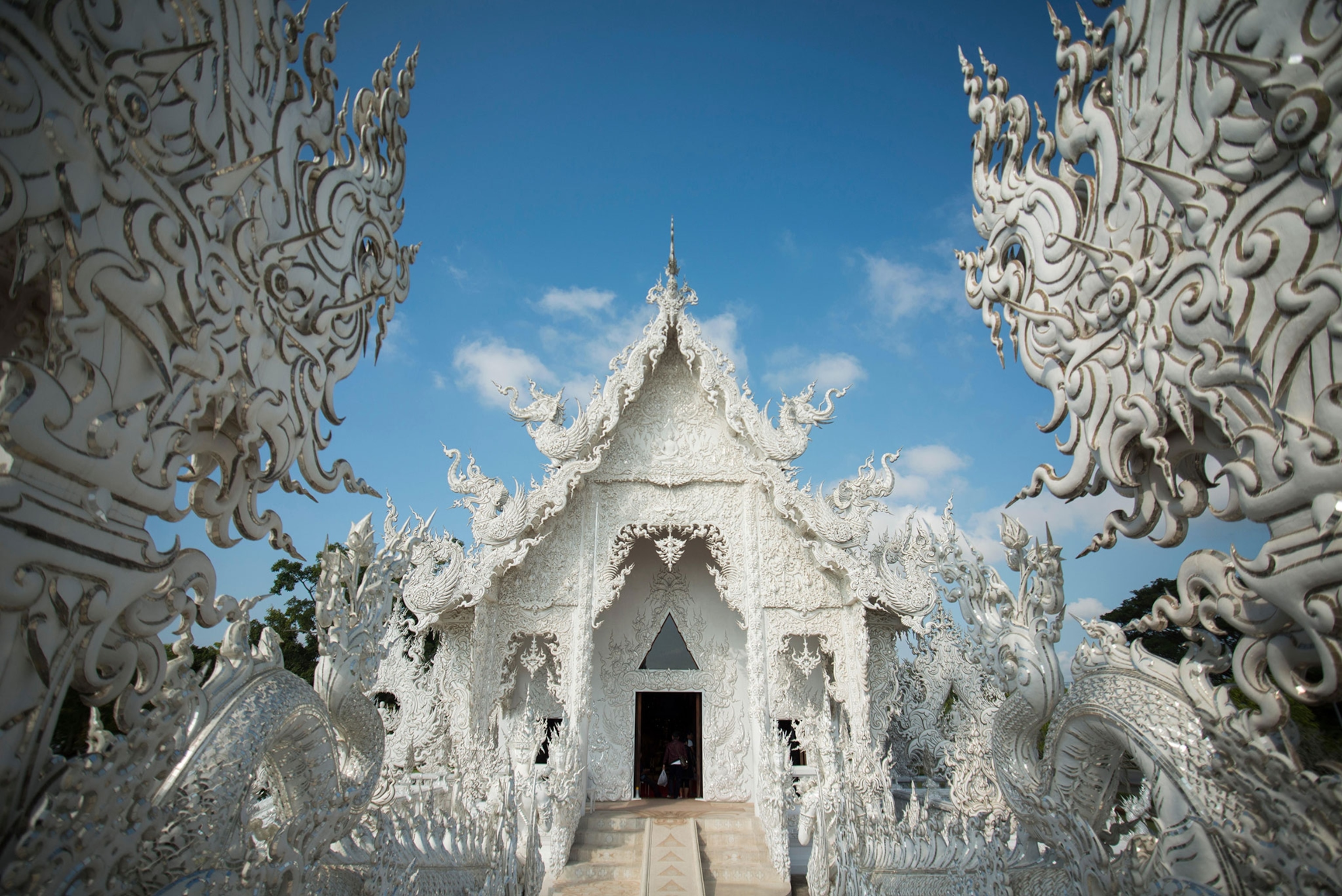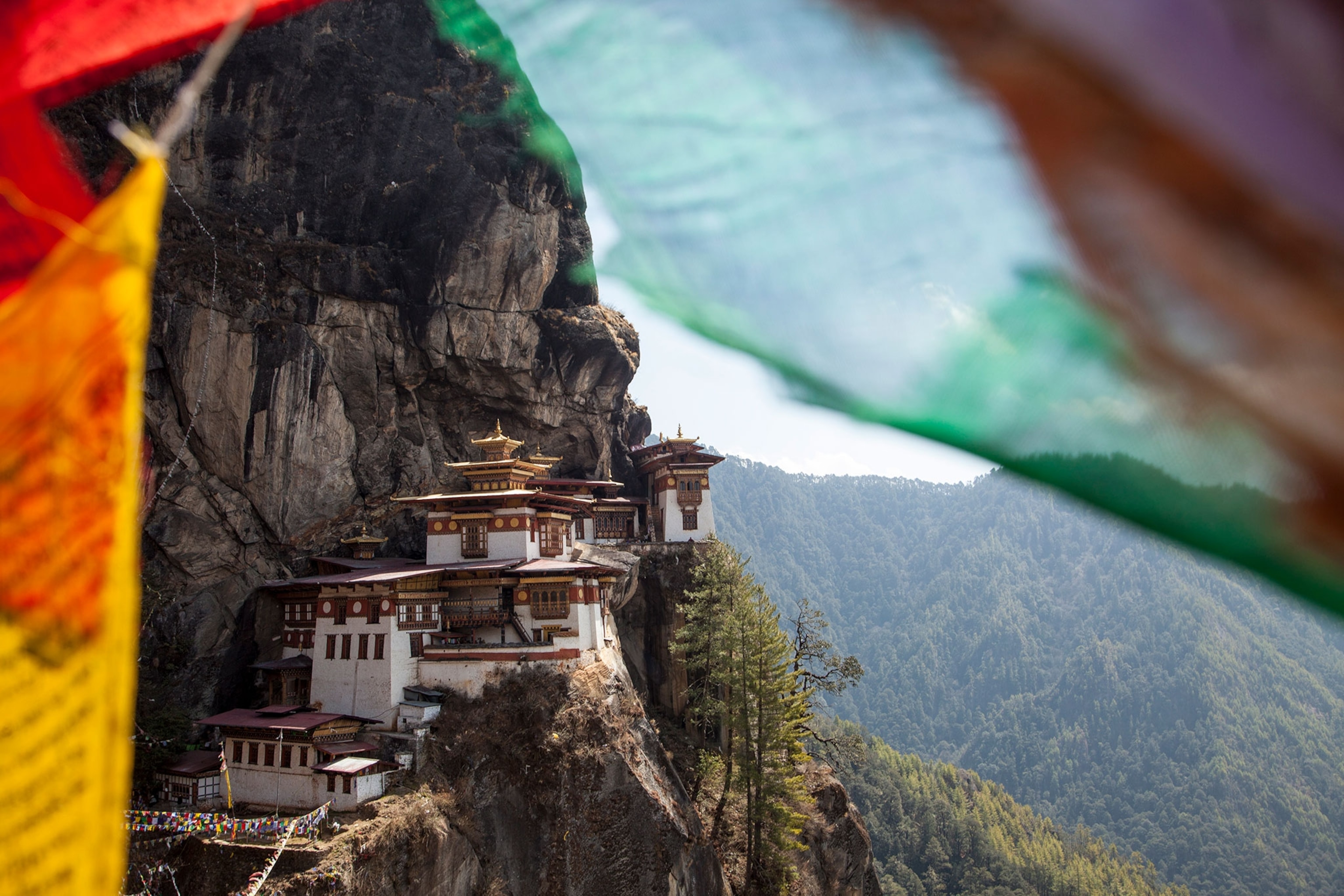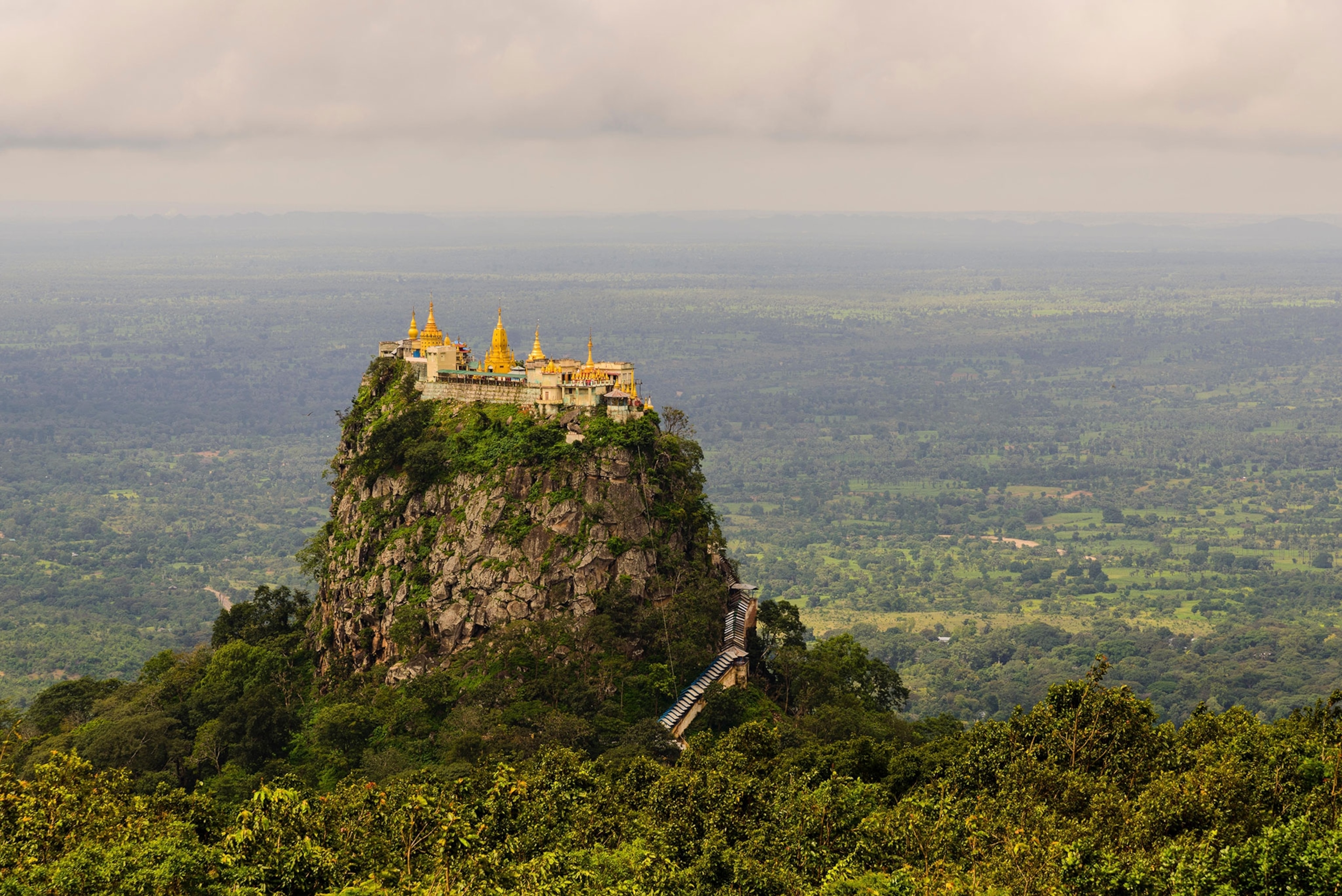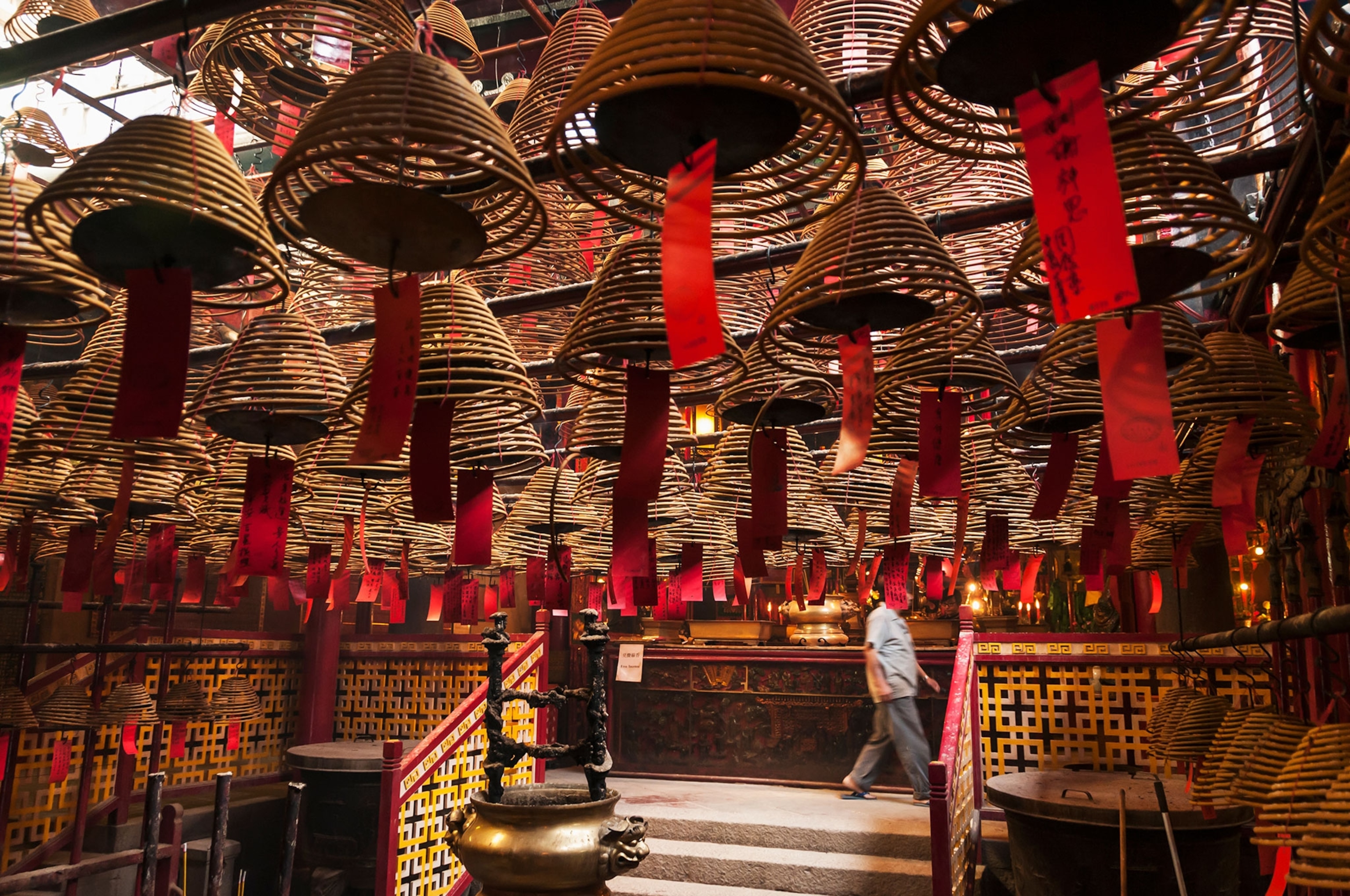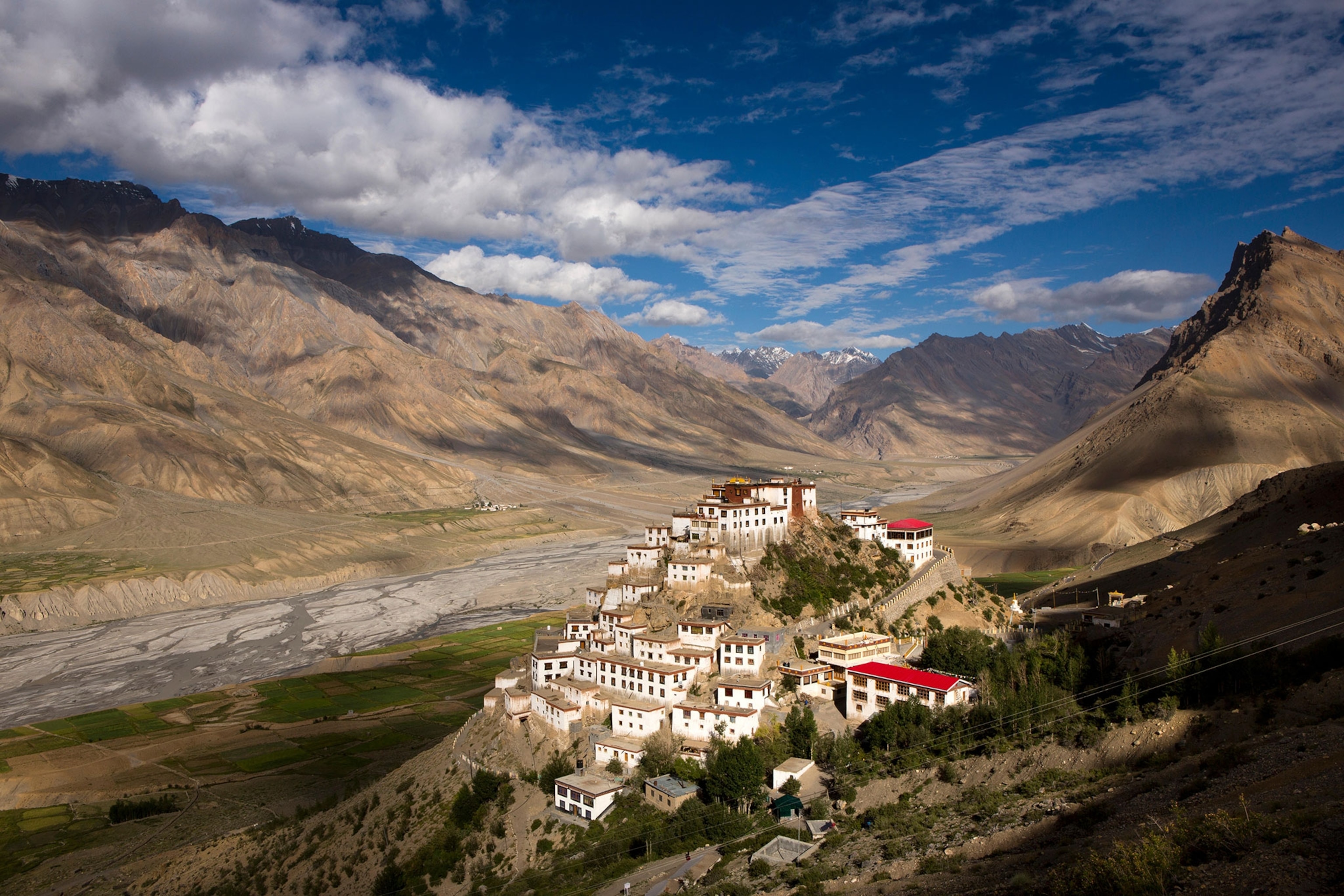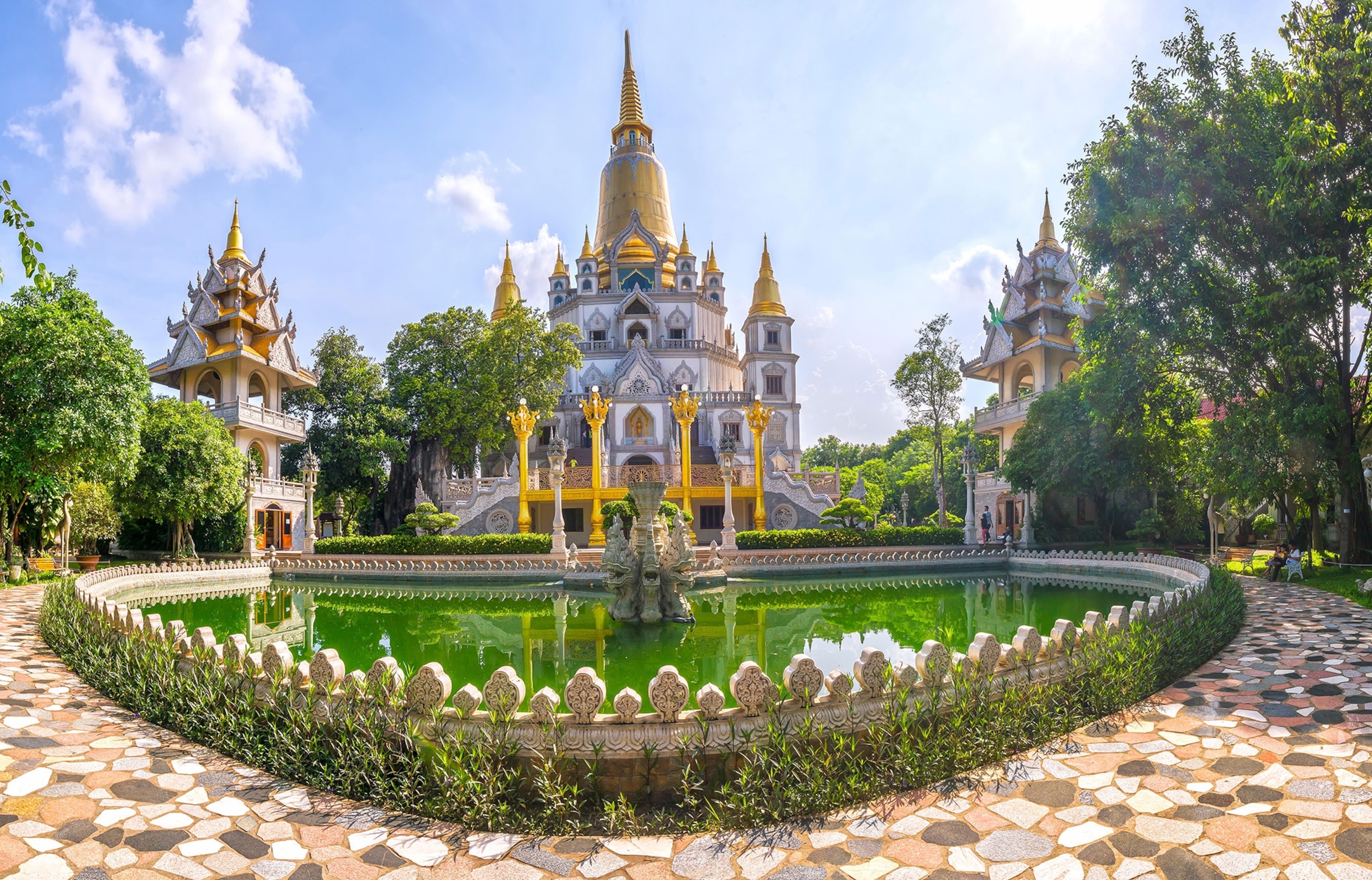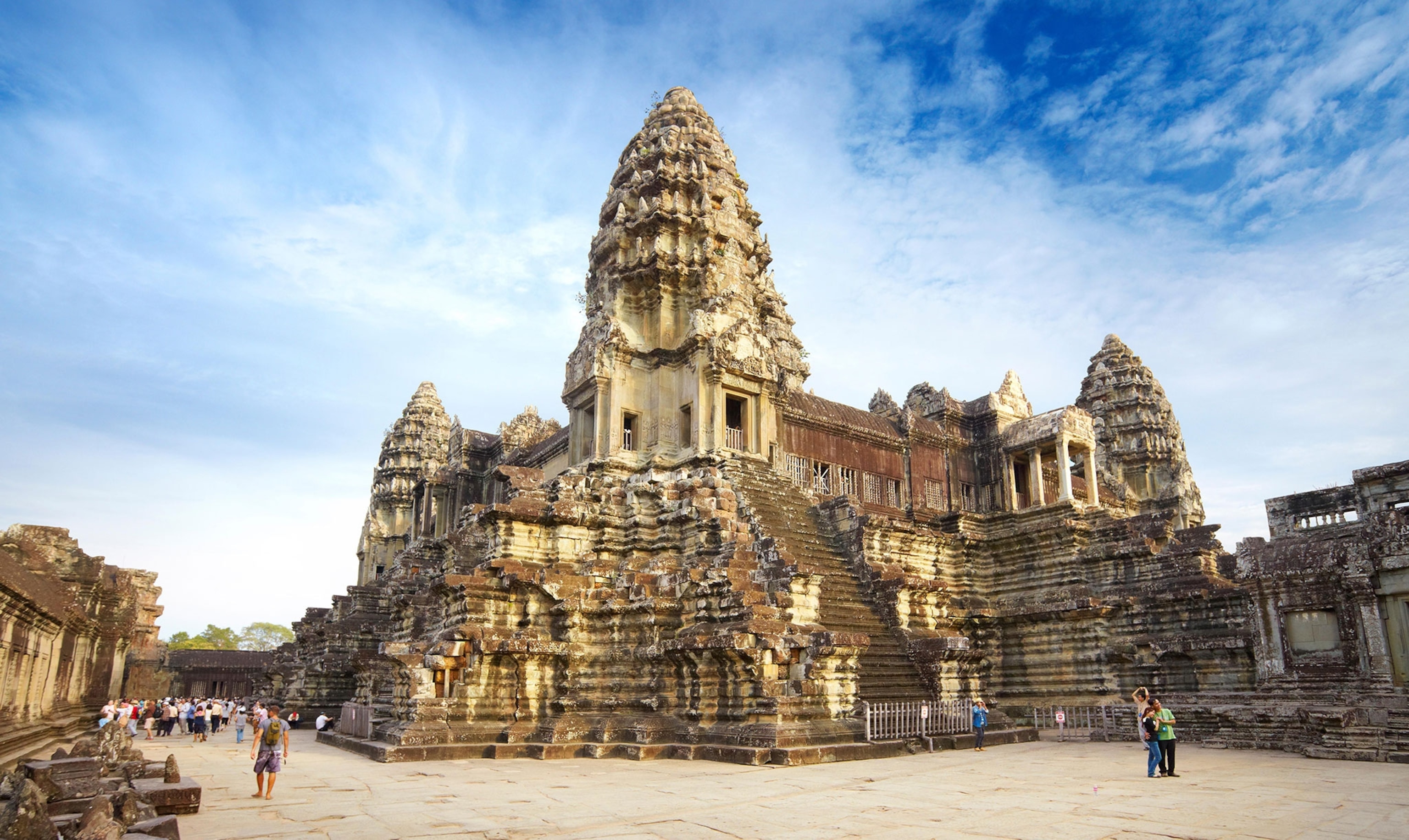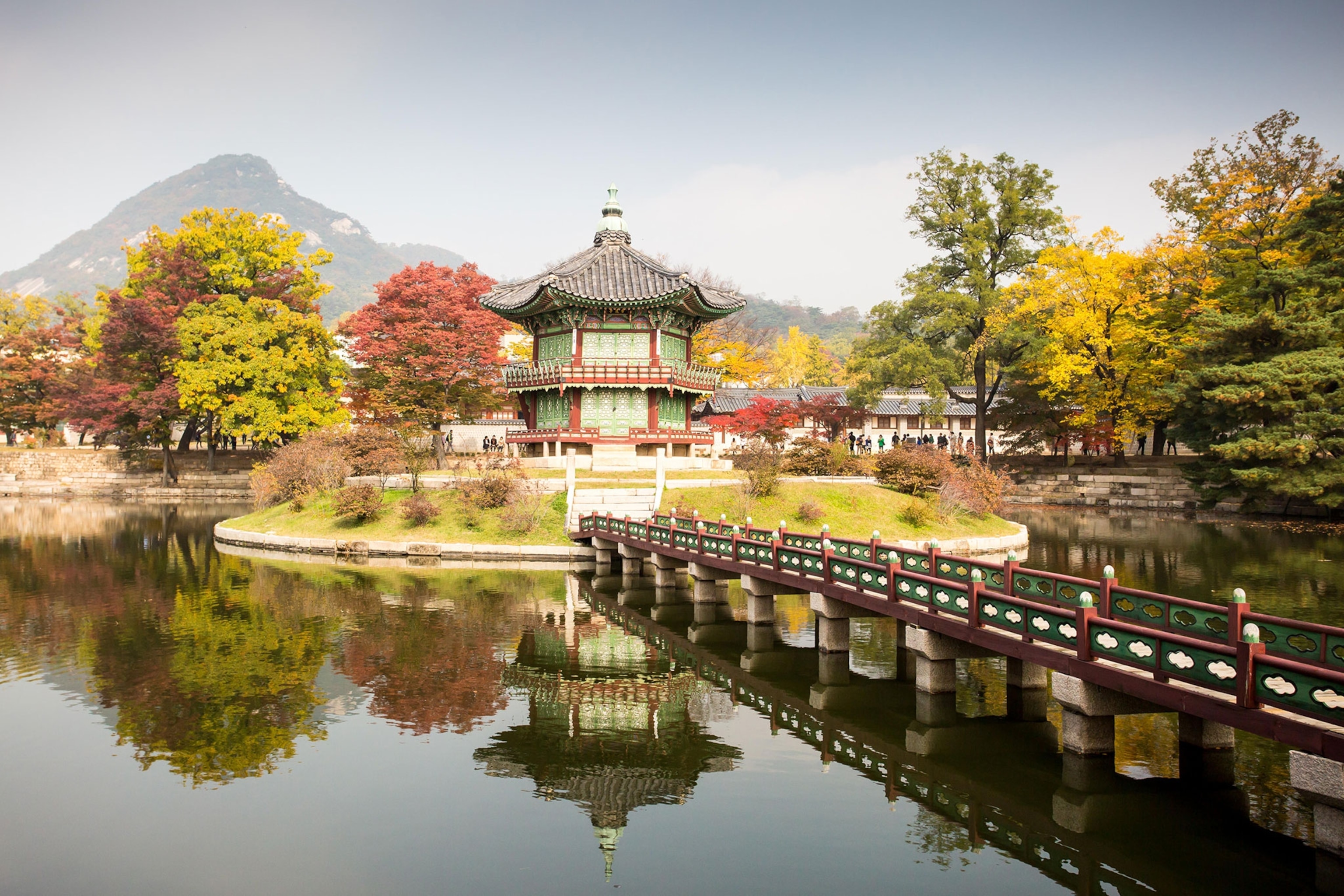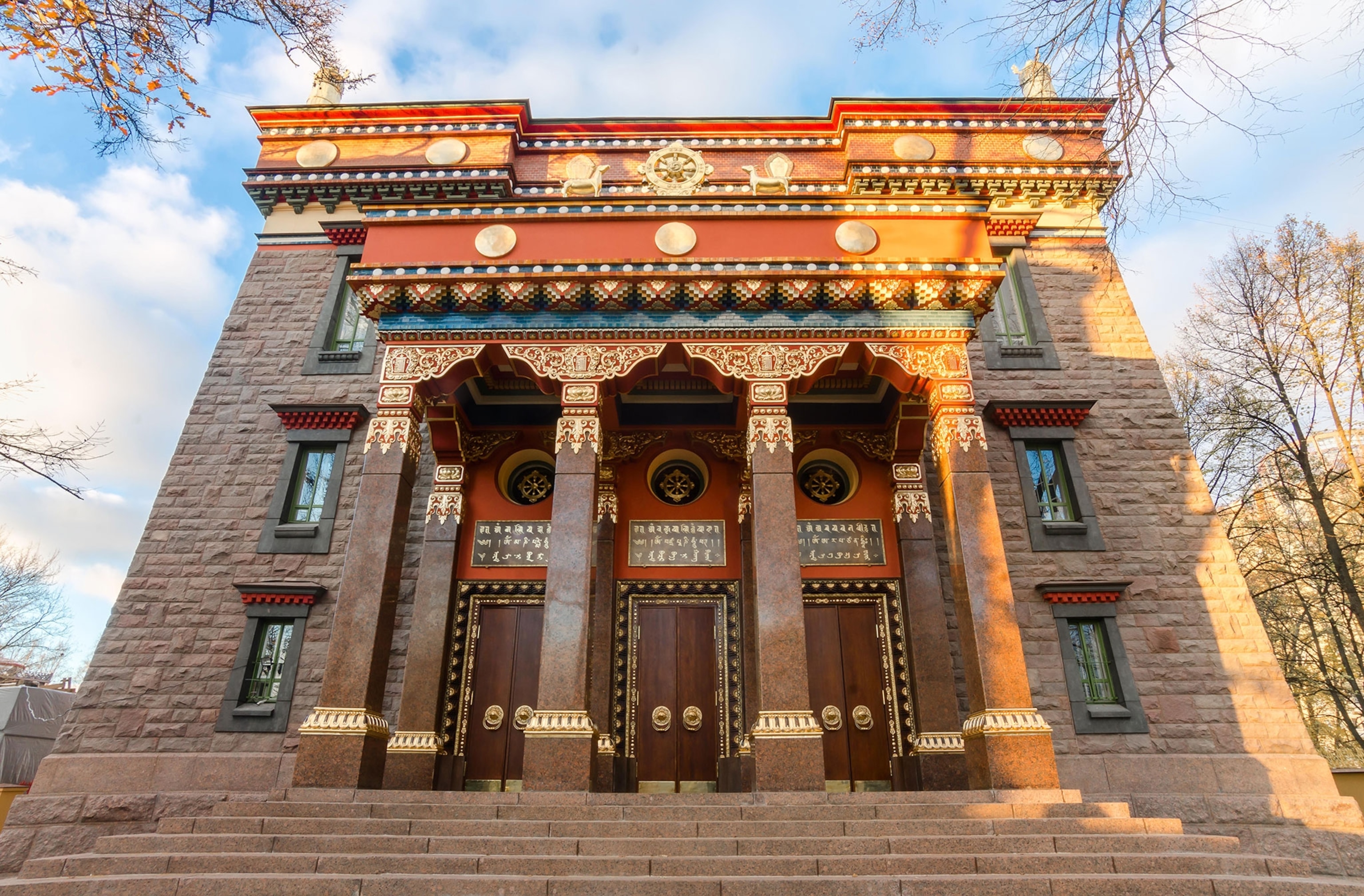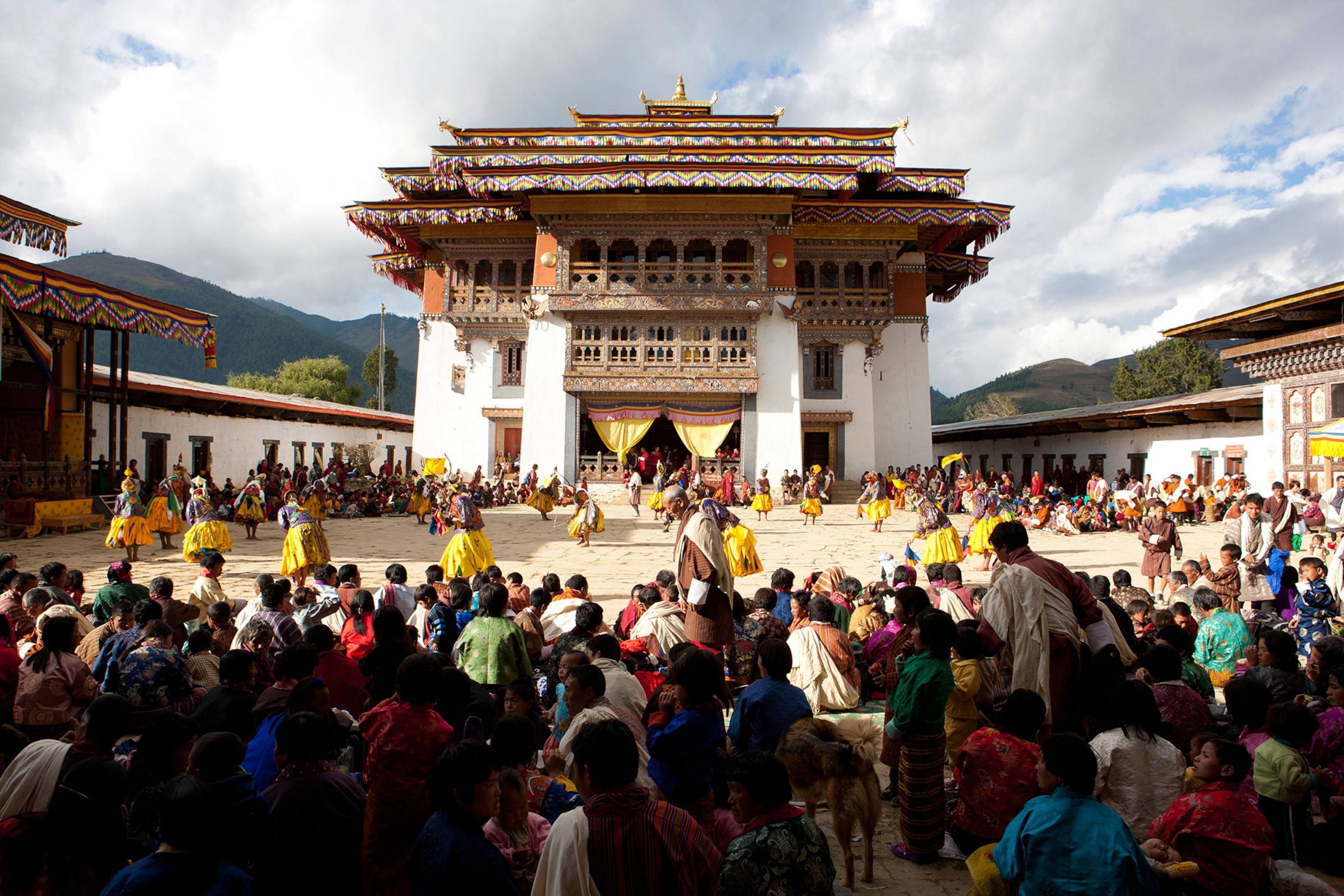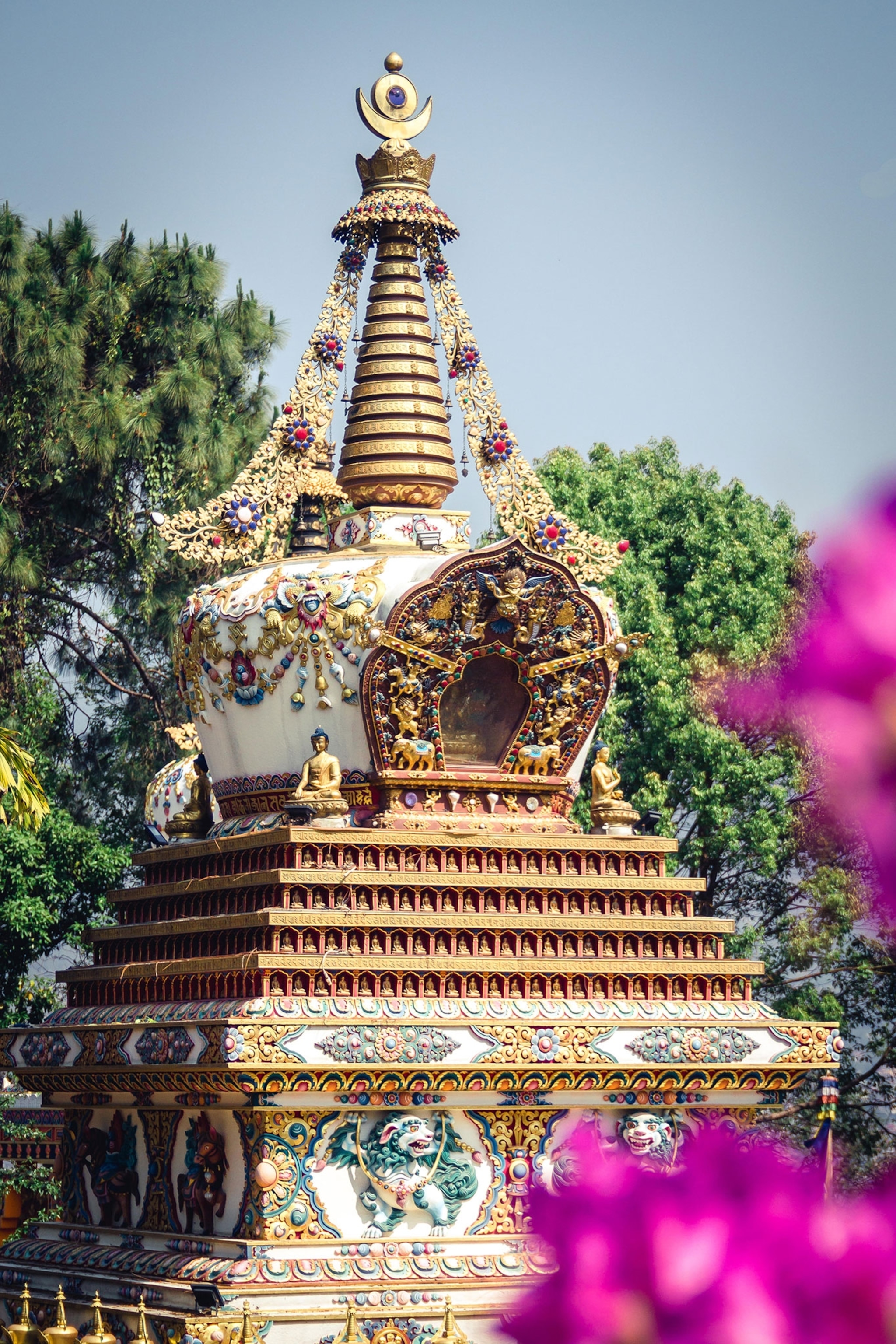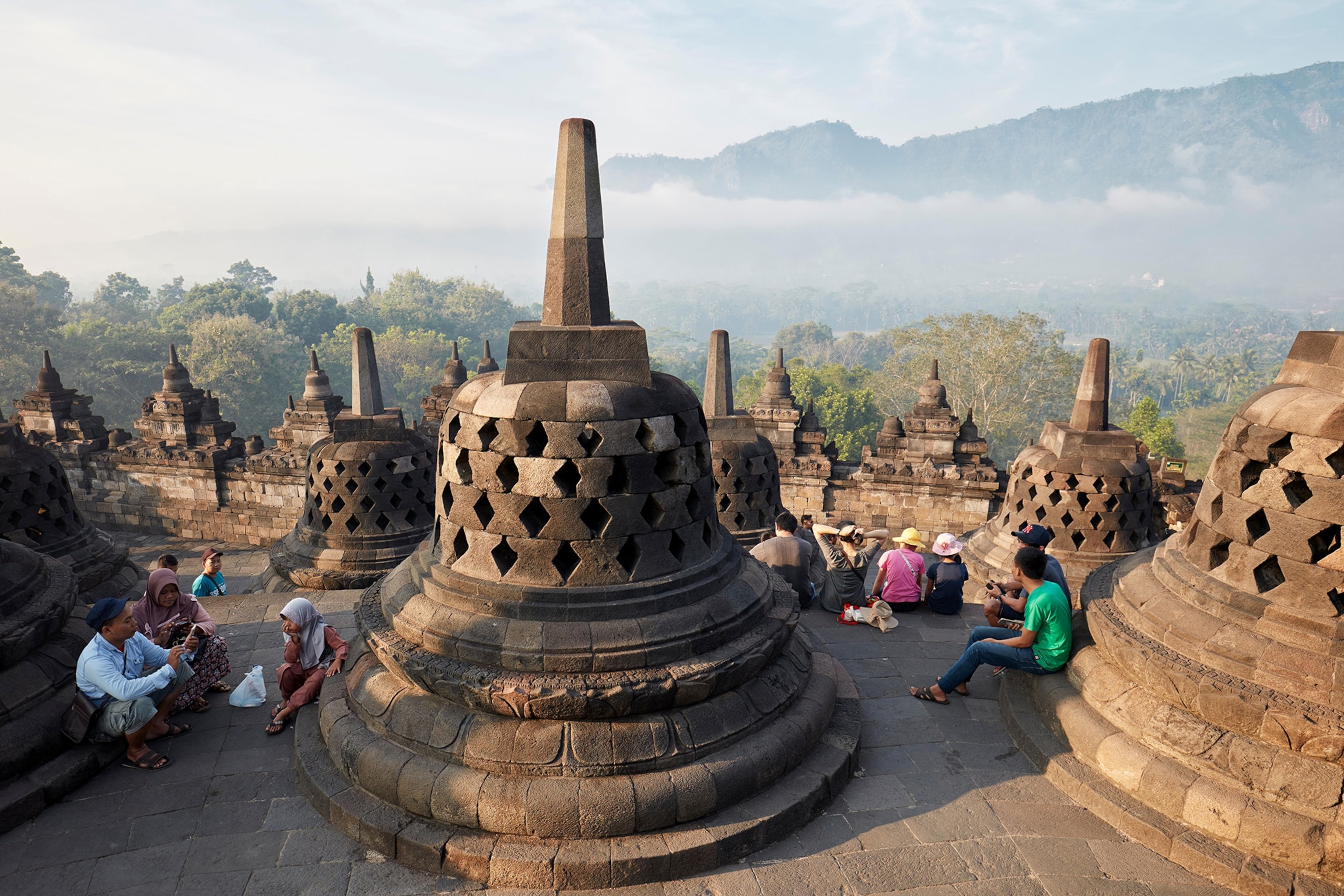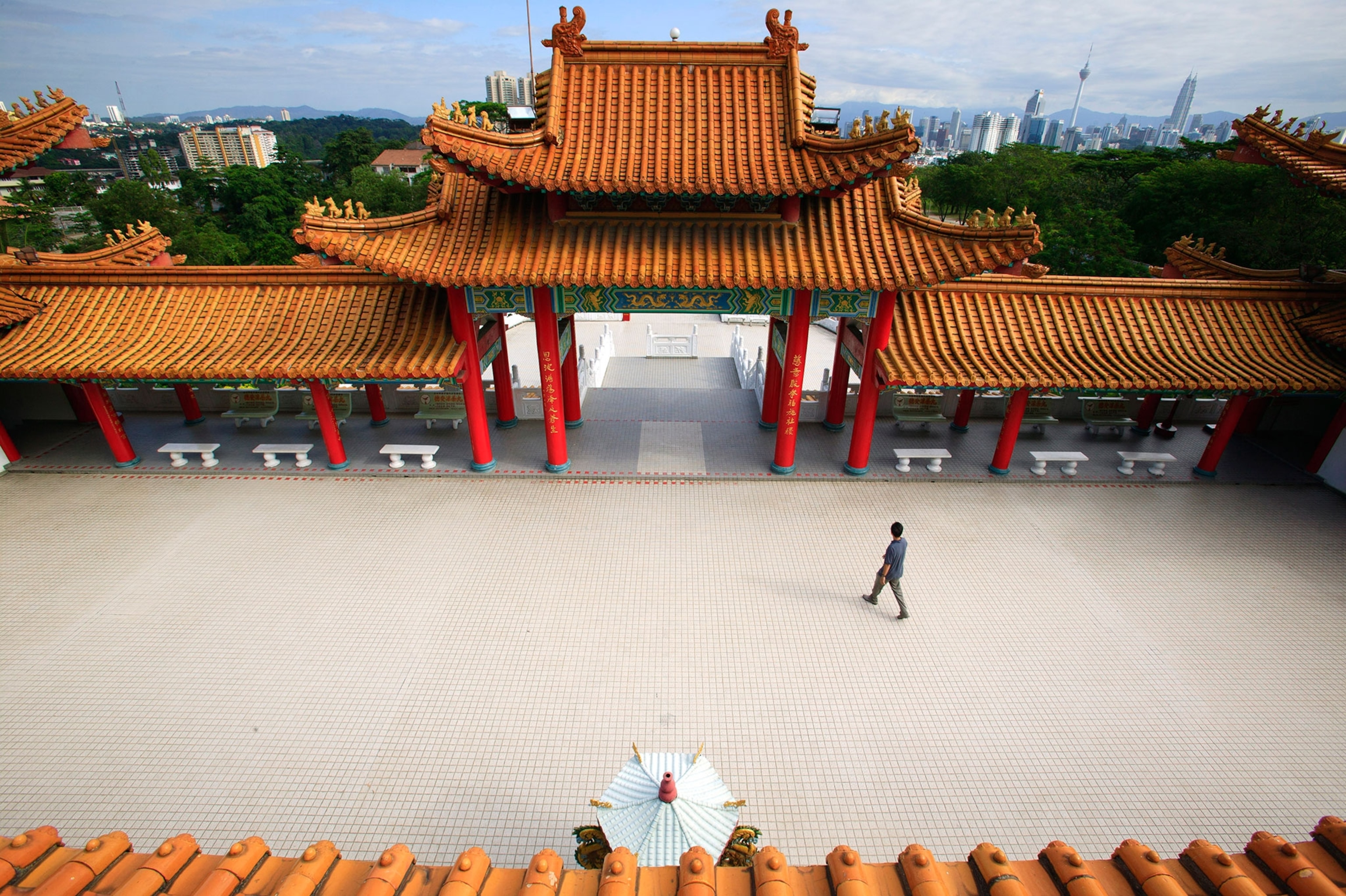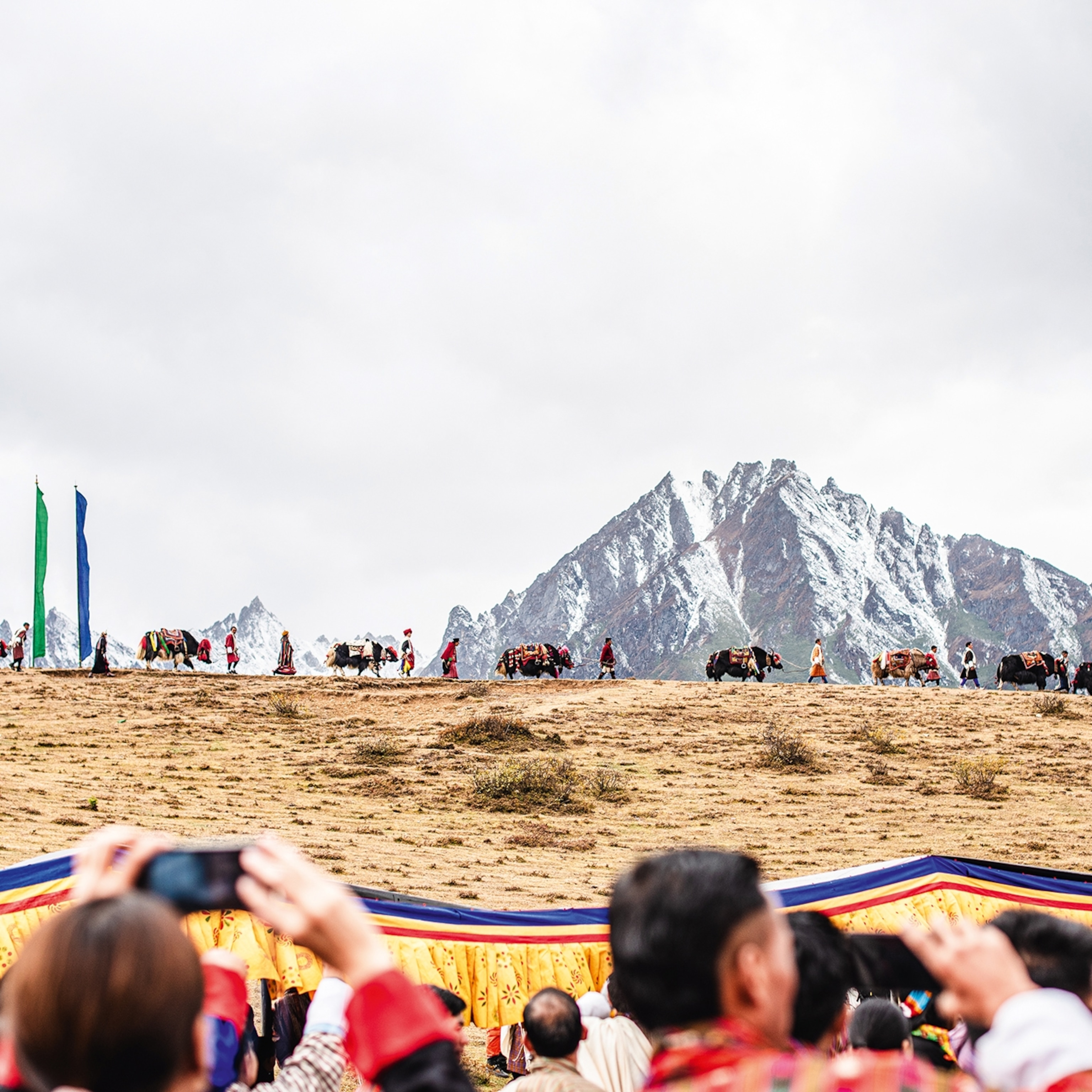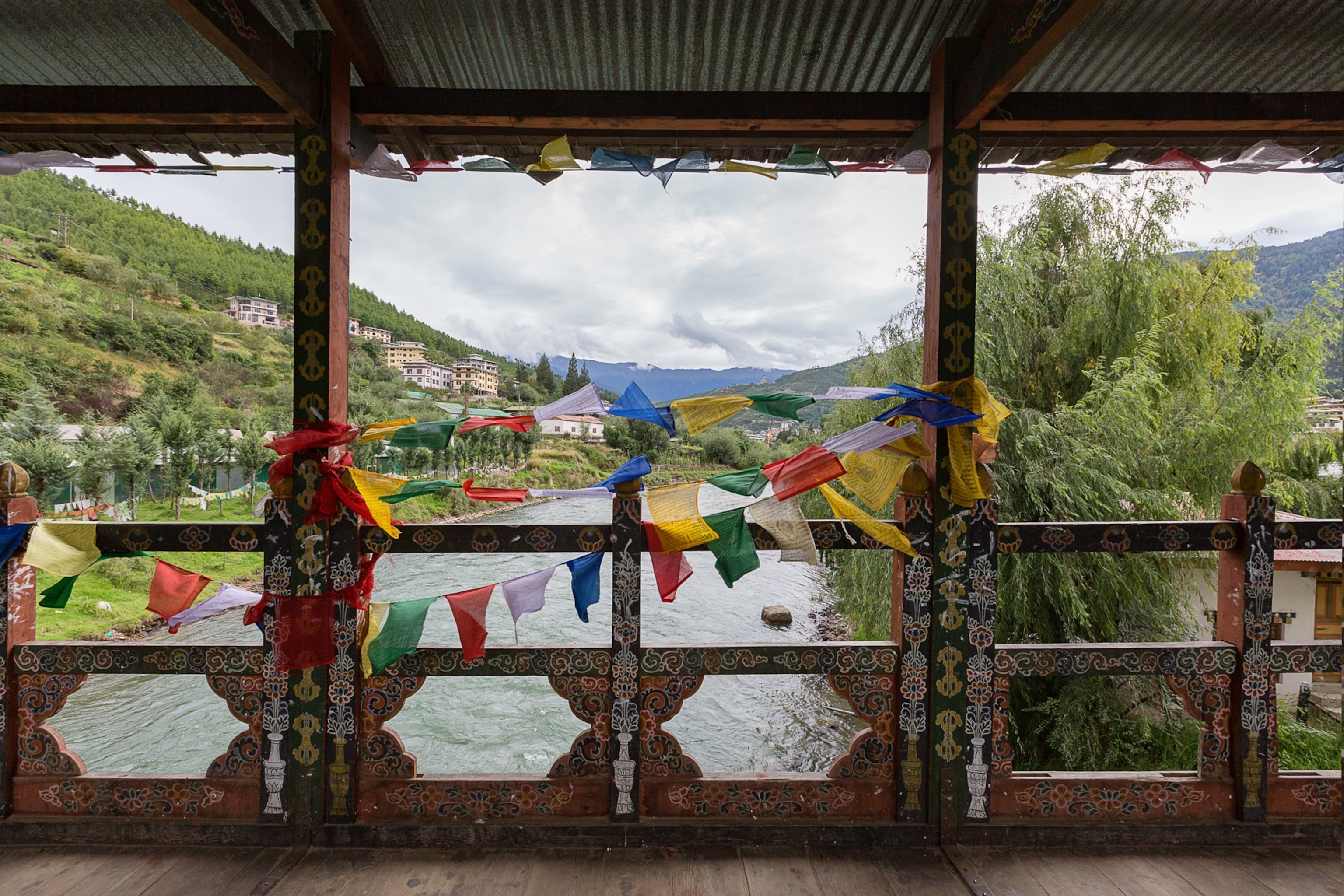
Seeking solace in Bhutan’s temples and rituals
After a major loss, a writer finds hope amid Buddhist customs, beautiful mountains, and the beliefs of a mad monk.
Three years ago I had a late miscarriage. I’d just returned from an assignment in Iran and was making a cup of tea in my kitchen. The cramps made me drop the tea bag. A flame that once flickered had vanished. “It’s fairly common,” the doctor had said, as comfort, but it didn’t heal the hollow space inside. I went back to work.
A few months later I was sent to Bhutan. Squeezed between two giants, China and India, it’s the only country in the world to rank Gross National Happiness above GDP—perhaps not surprising given the predominant religion is Buddhism. Locals call the country Druk-yul, meaning “Land of the Thunder Dragon.”
My guide, Sonam Pelden, was of similar age. Touring the capital, Thimphu, together, we quickly developed a brother-sister bond. After speaking about his children he asked if I had any. “No,” I replied, quietly. He sensed my withdrawal and, after pressing me further, he listened as I retold my tale. “Get in the car,” he said. He drove me to the 16th-century Pangri Zampa Monastery on the northern outskirts of town and home to the Royal College of Astrology to find out if children factored into my destiny.
The Bhutanese deeply abide by Tibetan astrology—a blend of both Chinese and Indian traditions—and it guides many major decisions and events. A reading after the local evening news advises on the best times to move house or plant your crops. Pangri Zampa is open to travelers only by special request. It just so happened that Pelden went to school with the principal and had called in a favor.
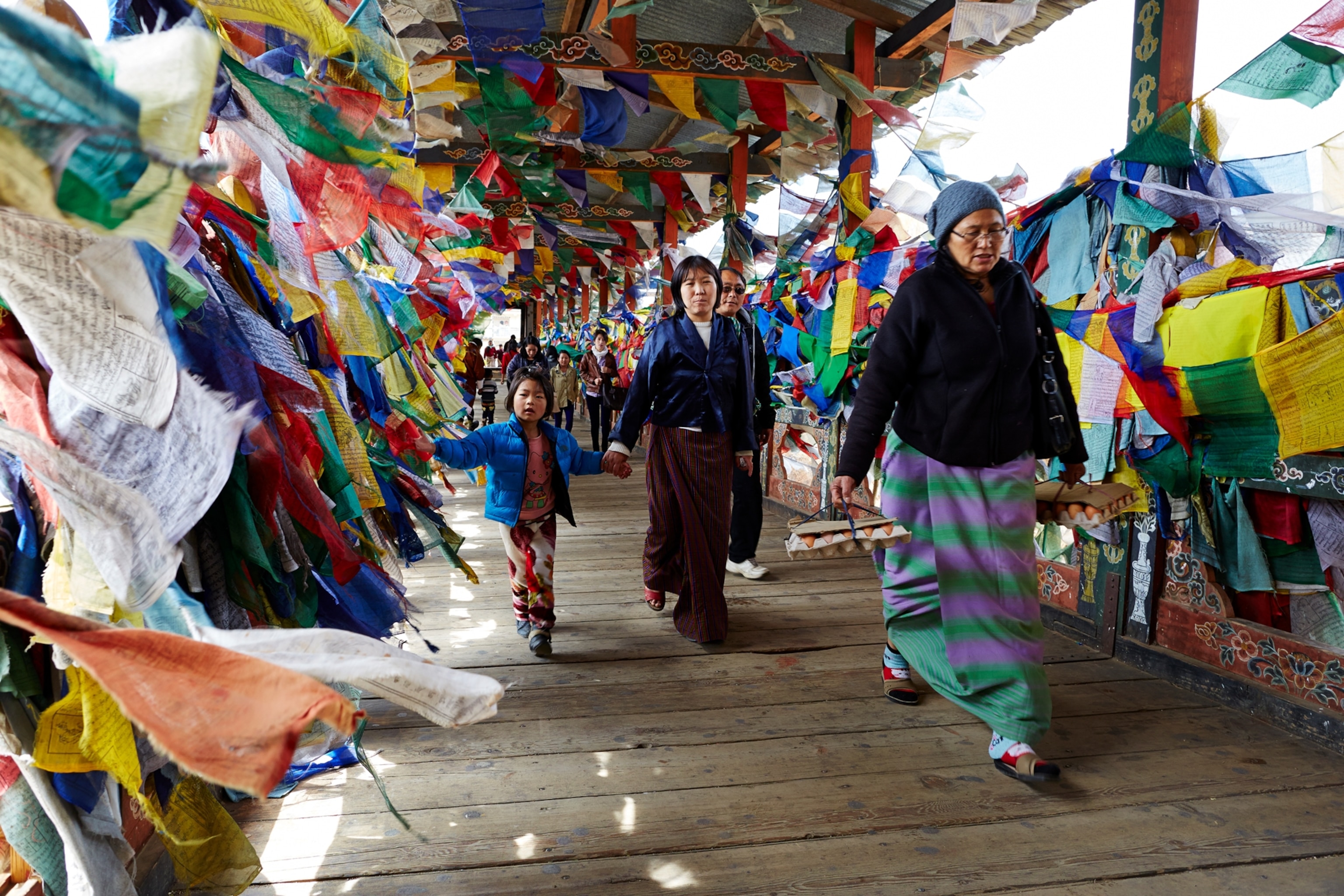
Learn why Bhutan is the world’s only carbon-negative country.
Dogs slept in the stone courtyard as we passed. We dipped beneath a doorway hand-painted with toothy dragons and docile deer. Above it, in Dzongkha (Bhutan’s national Sino-Tibetan language), were the words: “Our wisdom and knowledge should increase like the moon.” Pelden introduced me, and I seated myself cross-legged on the floor in front of the robed monk, ready for my reading, noticing the silk hangings and smoky scent of incense.
In the corner stood an ancient computer, the keys furred with dust. Students study the planets and stars for nine years here, but I was secretly skeptical the monk might just offer platitudes. Two minutes into the reading he said, “Your spiritual power is currently low, so there’s a high risk of miscarriage.” I snapped to attention. “Your fertility is not that high, but it’s still possible if you want it.”

Pelden didn’t mention my loss again until near the end of my stay in Bhutan. “There’s somewhere I’d like to take you,” he said.
We paced up a hill, its gravel path framed with multicolored prayer flags trembling in the wind. At the top was a squat square temple. Chimi Lhakhang, which sits in a valley below the Dochula mountain pass in western Bhutan, is a traditional Buddhist temple associated with fertility.
It’s dedicated to the 15th-century Tibetan saint Lama Drukpa Kuenley, a well-known and beloved Buddhist teacher. Locally he’s known as the “mad saint” or “divine madman” for his transgressive behavior, which included drinking, affairs with women, and sexually explicit stories. In this place he subdued a dog demon with his “flaming thunderbolt of wisdom”—code for his massive phallus—and buried it under the mammary-shaped hill.
Women, including an increasing number of foreigners, who are having trouble conceiving come from far and wide to change their fortunes here, or have their child’s name selected. In Bhutan senior monks sometimes choose the name of offspring.
Indeed, it can feel as if the whole country is throbbing with fecundity thanks to the widespread custom of daubing bright pink penises above doorways, the sides of buildings, and truck number plates to drive away bad spirits.
Arriving at the temple, we shimmied off our shoes and stepped over the threshold. Butter lamps lit the darkness, and a dozen maroon-robed monks sat at the foot of the madman’s statue, chanting in low, vibrating voices.
The head monk approached me, palms pressed together in greeting and teeth stained red by betel nuts. Sonam Pelden whispered in his ear and the man nodded knowingly. He reached into the shadowy recesses surrounding the altar and pulled out a three-foot wooden phallus and placed it in my arms, as casually as if it had been a cat. “Walk barefoot around the temple three times,” he instructed.

And so I stepped out the doorway and shuffled off in my kira (traditional skirt), the stones warm on the soles of my feet. At first I felt foolish. Other visitors gawked at me as I passed by with the giant penis resting against my cheek. And I had to stifle my own snicker when a pair of dogs coincidentally started copulating in the courtyard. But with each step the stares seemed to fade away, and suddenly I felt something unlock within, and the knot of anxiety that had lodged in my chest loosened a little.
I returned to the main hall, where the head monk exchanged the penis for a pair of 300-year-old bone dice, which he plopped into my open palms. “Roll them,” said Pelden. “They’ll predict whether you’re blessed or not.” I tumbled them in front of the altar. Pelden and the monk sucked in their breath. “A thirteen. That’s very lucky. It’s the number of the divine madman,” Pelden said.
Next the monk proffered a small wad of yellowing papers toward me. Scratched onto each slip, in fine black calligraphy, was a name, and tethered to the end of each, a silken strand. “Pick one,” encouraged Pelden. I pointed to the string I felt drawn to.
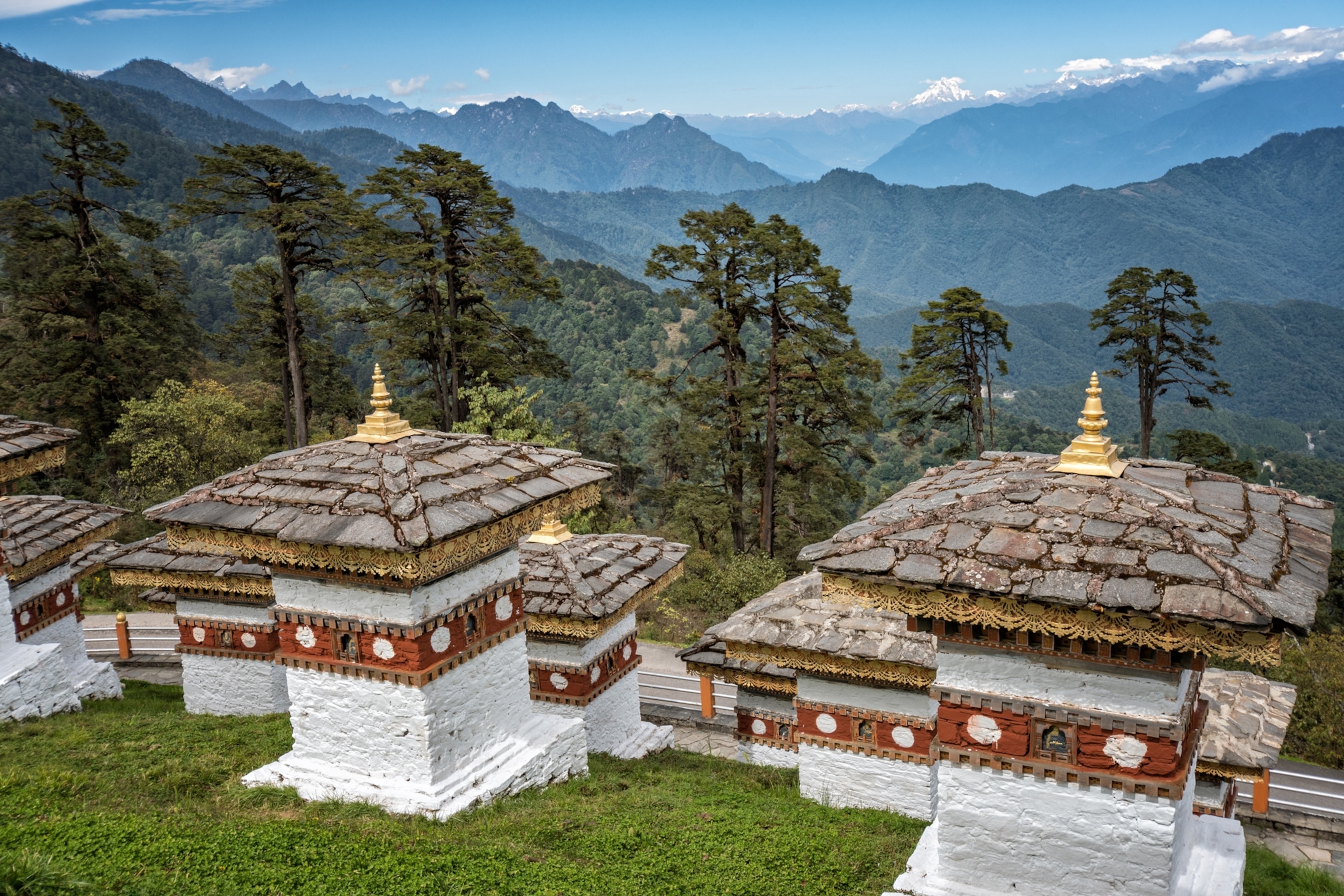
The monk pincered the thread between his forefinger and thumb and flicked to the corresponding page in a book. “You will have a boy and his name is Kinley Namgyal,” he said. “It means ‘lovely person who will triumph over negativity,’” explained Pelden. I whispered the name—“Kin-ley”—letting the consonants linger on my tongue.
To complete the wang (blessing), the monk poured holy water in my cupped palms. I raised my hands to my lips and drank, sprinkling the rest over my head. I bowed in thanks and pushed a donation onto the prayer plate. As we left, Pelden quietly placed a hand on my shoulder.
This whole ritual had summed up Bhutan’s essence for me. The country’s scenery is undeniably staggering and the chili-laced food tongue-tingling, but it was the people’s deep spirituality and faith that utterly disarmed me. Here, where a lama can vanquish a demon with his mammoth manhood, anything was possible. Both Pelden and the monk steadfastly believed the ritual would work and, in that spirit, I felt my own hope start to flicker deep inside once more.



